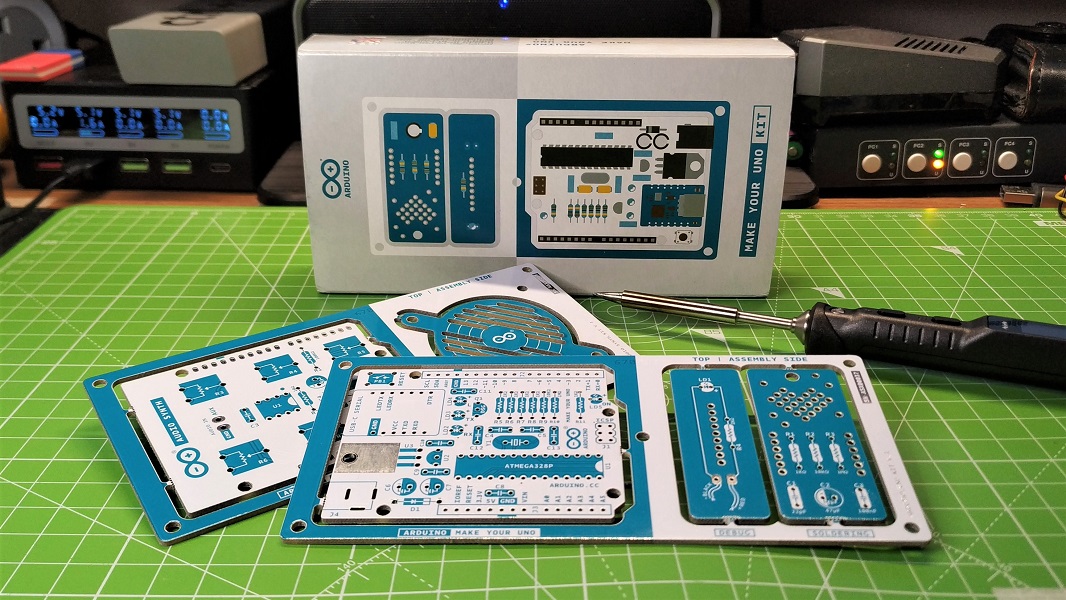Machine learning and deep learning have become integral in numerous industries. Ground transportation systems leverage predictive algorithms to optimize travel flows, anticipate congestion, and enhance fuel efficiency. Now, the sky is the new frontier.
Significant advancements in AI-powered navigation are transitioning from research labs to mainstream applications, offering enhanced reliability, safety, and efficiency in aeronautics.
Inertial AI navigation for UAVs in GPS-compromised environments
The GPS signal, essential for most UAV operations, may become unavailable during natural disasters or military situations. Bavovna.ai, a graduate of the US Air Force Labs Mass Challenge acceleration program, is developing an AI-powered PNT (Positioning, Navigation, and Timing) navigation system for aerial, surface, and subsurface vehicles.
AI navigation for UAVs and drones
Designed for dual use, Bavovna’s AI navigation system utilizes sensor fusion and pre-trained ML/DL algorithms to enable autonomous operations. The system features hardened core electronics, making it resistant to common electromagnetic warfare threats. Additionally, it is a low-SWaP (Size, Weight, and Power) solution with minimal power consumption and weight, suitable for UAV models and Class II aerial vehicles.
During trials, the Aurelia X6 Max multicopter demonstrated the capability to fly autonomously without remote control, GPS, or any other communication system. It successfully collected location intelligence and returned to its home position. Bavovna’s AI navigation system aims for a 0.5% positioning error, even in complex journeys up to 30 miles (48 km). The team is expanding the system’s use cases to include Signals Intelligence, mine detection, automatic target engagement, and security surveillance.
AI copilots for commercial aviation flights
Modern aircraft are equipped with highly sophisticated autopilot systems that assist pilots in controlling altitude, course, thrust, and navigation. However, the myriad of alerts and system interfaces demanding the pilot’s attention can be overwhelming. NASA has estimated that pilots are often distracted by 34 different competing activities, ranging from communication to searching for VMC traffic, potentially leading to human errors and dangerous outcomes.
Air-Guardian, a new MIT CSAIL project, seeks to enhance the Human-Machine Interface (HMI) of existing autopilot systems to ensure safer operations. The AI system employs eye-tracking technology to detect pilot distractions and utilizes “saliency maps” to comprehend aircraft behavior.
Powered by a continuous-depth neural network model, the copiloting system can identify early signs of risk and take control when necessary. During trials, the Air Guardian system successfully reduced flight risks and improved navigation outcomes.
Advanced airflow traffic management to mitigate congestion
Unforeseen events, such as adverse weather conditions, can severely impact air traffic, leading to congestion in specific sectors of the air navigation space. This congestion, in turn, affects all network participants, triggering a cascade of delayed flights.





